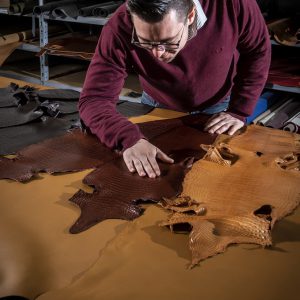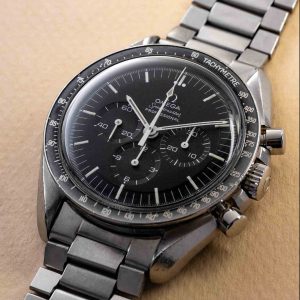Longines Ref. 4278: the ‘stop legend’
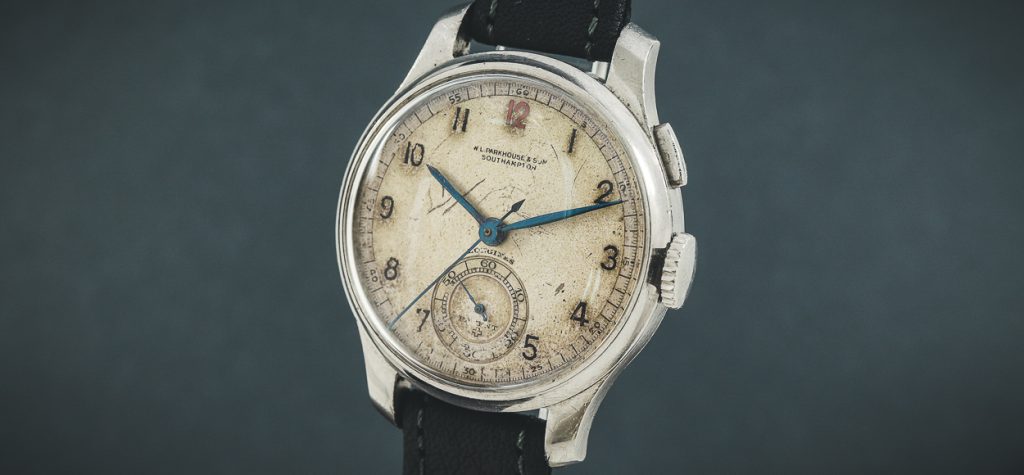
We are proud to present an extreme Longines rarity: reference 4278, a 12.68z stop-seconds monopusher continuous flyback chronograph.

By AWCo on 15 August 2019
We are pleased to present to you one of the rarest Longines chronographs we have ever encountered. In the past, Longines chronographs were comparable, if not even better, to the likes of Patek Philippe and Vacheron Constantin. It is a pleasure to tell you more about this special chronograph and Longines’ history of watchmaking.
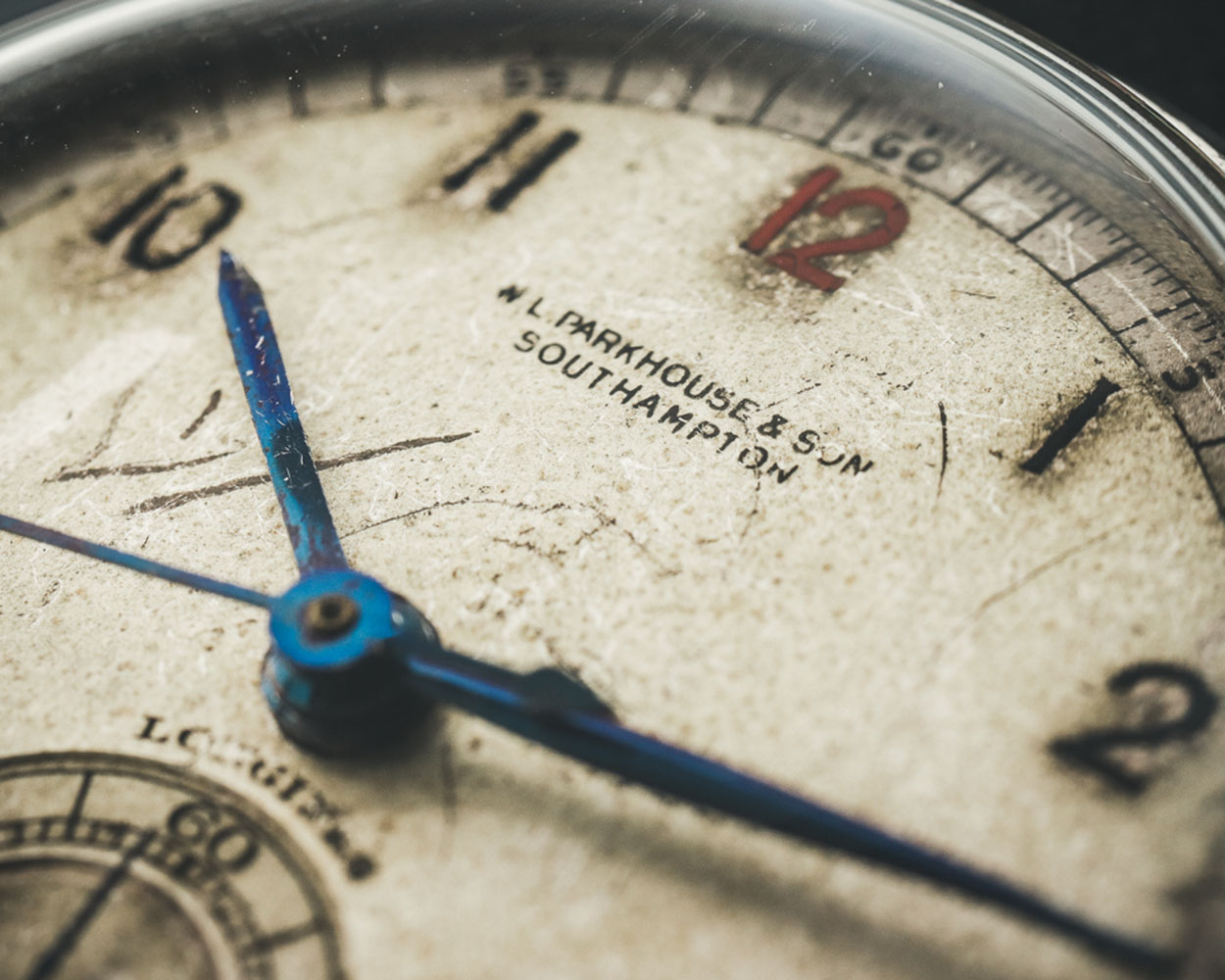
The history of Longines
In August 1832, the 23-year-old businessman Auguste Agassiz set himself up as a partner of the Comptoir Raiguel Jeune watch dealership in the Swiss Jura town of Saint-Imier. These establishments for the production of handmade watches, known as ‘Comptoirs’, bought in movement blanks and had the finishing and assembly done by local watchmakers at their own houses. Dealers then looked after the watch sale. Business went so well that the other owner was bought out and the company was renamed Comptoir Agassiz & Cie in 1847. Because of health problems, Agassiz’ nephew Ernst Francillon took over the business. He realized that the Comptoir watchmaker concept was out of date. There was no quality control, no customer service and a lack of available spare parts. The solution was to start proper series production. In 1866, a site called Les Longines (the long meadows) was for sale on the banks of the river Suze in the Saint-Imier Valley. It proved to be the ideal location for a new watchmaking factory. Since there were no suitable machines on the market, Francillon developed his own. With these machines, he was able to create precision watches that were signed E. Francillon, Longines, Suisse. These were so successful that Francillon had to take action against imitators as early as 1874!
He made it quite clear in writing that the winged hourglass trademark would identify his watches and movements. So in 1880, the Longines trade name was secured, followed in 1889 by the winged hourglass. This was a pioneering move. The winged hourglass anticipated what was to become one of the company’s specialties: the manufacture of pilots’ watches. By 1905, the first Longines wristwatches were available and around 1911, Longines had more than 1100 employees and their watches were sold all over the world. They were appointed the official supplier for the International Aeronautical Federation (IAF) in 1919, which enabled the company to be involved in many aeronautical expeditions during the early 20th century. The most famous of them was Charles Lindbergh’s solo, non-stop flight from New York to Paris in May 1927. During the 1950s Longines was a pioneer of electronic timekeeping, using high-frequency quartz regulators and in 1972 they presented the first digital LCD quartz watch ever.

In 1971 Longines was bought by Ebauches S.A. (the precursor to Swatch Group) and was positioned rather differently within this group. Today Longines manufactures a wide range of watches, including many retro models. Longines was one of the most respected manufacturers back in the 19th and early- to mid-20th century, especially of high precision chronographs. They created legendary calibers such as the 13.33z of 1910, the 13ZN of 1936 and the 30CH of 1947, which are highly valued and sought after today.

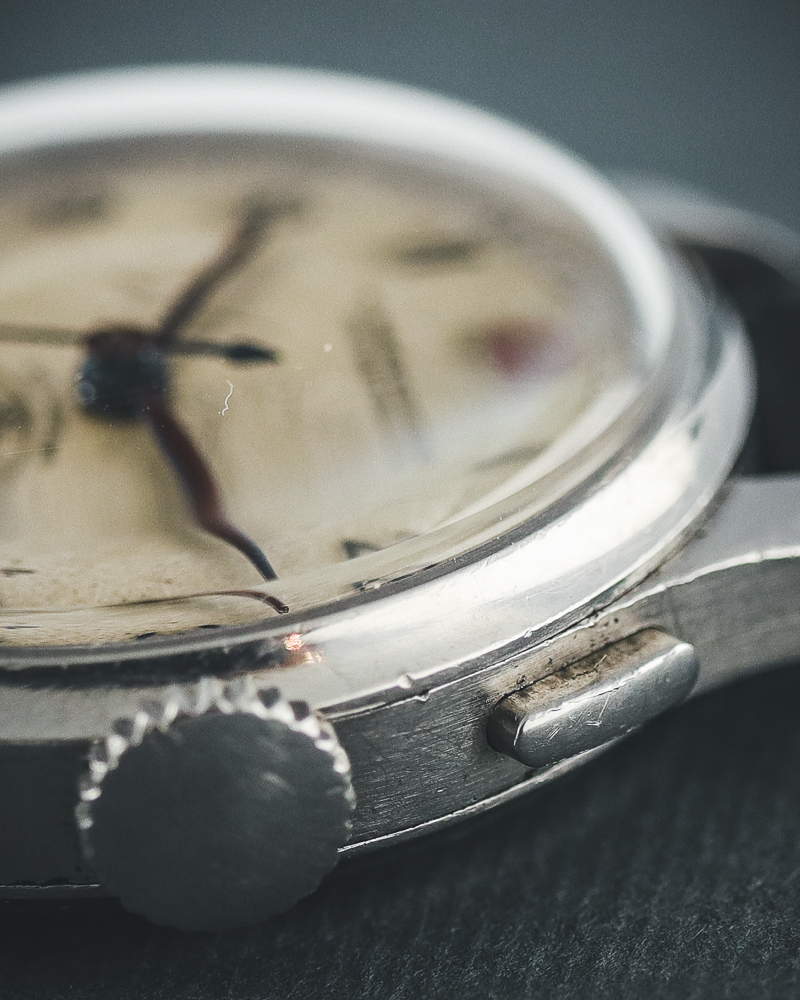
Longines reference 4278, 12.68z stop-seconds chronograph
We are proud to present an extreme Longines rarity: reference 4278, a 12.68z stop-seconds monopusher continuous flyback chronograph, which dates back to 1937 or 1938 and was originally retailed by W.L. Parkhouse & Son, Southampton. Our example has a diameter of 33 mm, which was a regular size back in the 1930s and has a solid stainless steel case and case back.
There are a few known variations of this stop-seconds watch, which are all extremely rare. Our example has only one center chronograph hand which records seconds only and a subdial at 6 o’clock for the ‘ordinary’ seconds. There was also a version which had also only one center chronograph hand to record the seconds, although this was combined with a rotating coin-edge bezel and an interior pointer. Another, more common but still very rare later variation, had no rotating bezel or pointer but instead had a second center chronograph minute hand for a total of 5 hands.
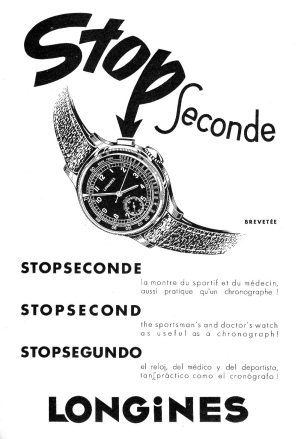
Stop-seconds were made in a large range in sizes of the case from 33mm to the gigantic 47 mm version for the Israeli Air Force. They came in a variety of metals, including gold plated, solid gold and stainless steel cases.
'The chronograph hand never stops..'
A stop second is not a full chronograph per se but it is a continuous chronograph. It was presented as an alternative to a regular chronograph, as pointed out in this old Longines advertisement. The chronograph hand never stops and when the user presses the pusher at 2 o clock, everything resets and starts back again. If you push the pusher a little, the chronograph second hand will stop until you stop pushing or push it ever further to reset its mechanism. This type of chronograph allows laps of an event to be timed without the usual “stop-read-zero-restart” function of a regular chronograph, which introduces a lag between the timing of two laps, or legs of, say, a relay race. It simply eliminates the gap in timing.

12.68Z stop flyback continuous chronograph
This watch has the Longines manual wind caliber 12.68Z stop, which was used between 1929 and 1961. This calibre was based on the caliber 12L and was first produced around the same time as the caliber 13ZN, which was well known for its use in aviation chronographs. Being a monopusher chronograph movement, the 12.86Z stop, like the 13ZN, also features a flyback mechanism, central seconds hand and sub-register at 6 o’clock. Later versions also had a central minutes counter.
The flyback function allows for the reset mechanism to operate while the chronograph is running. The most obvious mechanical difference is the lack of a tooth on the head of the reset hammer which allows resetting the chronograph even when it is running.

A very special dial: signed W.L. Parkhouse and Son, Southampton
What makes this watch even more special is its striking dial with original details: Its matte white dial with applied Arabic numerals, with the 12 executed in red, together with the feuille style blue steel hour and minute hands makes the dial very attractive. Although this watch stood the test of time, traces of its age can be found on its dial, which is partly faded. Within the second subdial, a small cross and the word ‘patent’ can be found. Longines had the patent for its case.

The name of the British Longines agent that supplied the piece when new, “W.L. Parkhouse and Son, Southampton”, is printed alongside the Longines brand name, below the dial center point. Very few dials were factory signed by Longines’ British distributor Baume & Co and those that were, are printed with the names of the firm’s most important clients. A double-signed dial is very much a rarity and the presence of a second signature is generally viewed as adding to the value of any collectible timepiece.
The history of W.L. Parkhouse and Son goes back to 1893 when they opened a jewelry store at 10 Above Bar Street Southampton. In 1995, Parkhouse was taken over by the Scottish jeweler Laing and in 2017, the store was renamed Laing and moved to a shopping center. Sadly enough, none of Parkhouse’s old archives or sales invoices exist anymore.

Longines has the best historical department of all current watchmakers. That is why we provided them with the serial number of our watch: The original serial number 5’684’473 identifies a wristwatch in stainless steel, bearing the reference 4278. It is fitted with a Longines manually wound mechanical movement, caliber 12.68Z stop and was invoiced on 24 December 1938 to the company Baume & Co., which was at that time our agent for the UK.
In addition, please note that it is possible that modifications have been made after the watch left the factory, such as a change of the case.
This is the rarest Longines watch we have seen for a very long time. Especially for Longines collectors or chronograph lovers, this may be the crown jewel of a collection!
It will be available soon in our store in the Reestraat 3, Amsterdam. Come by for a cup of coffee and maybe a chance to get a hold of this watch.

